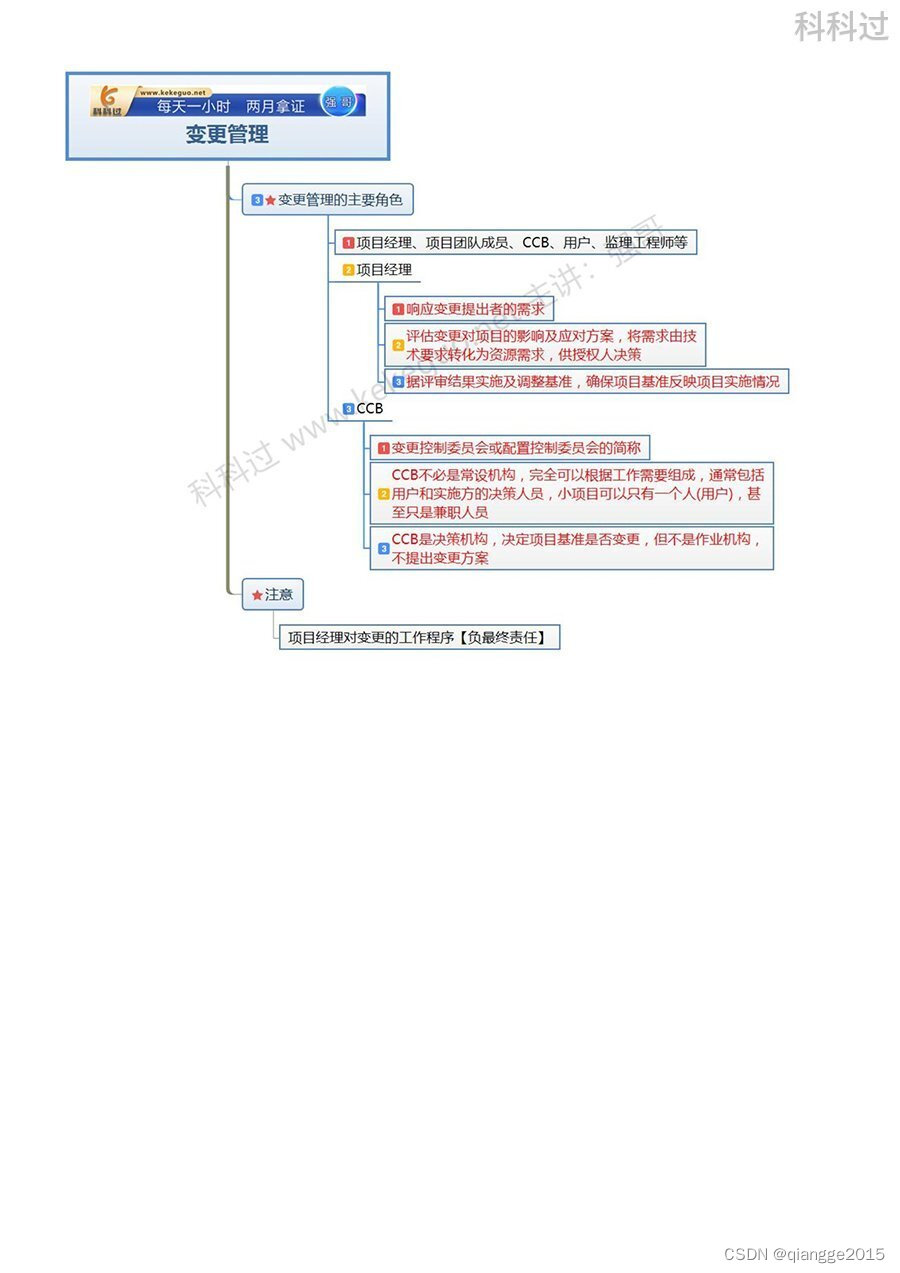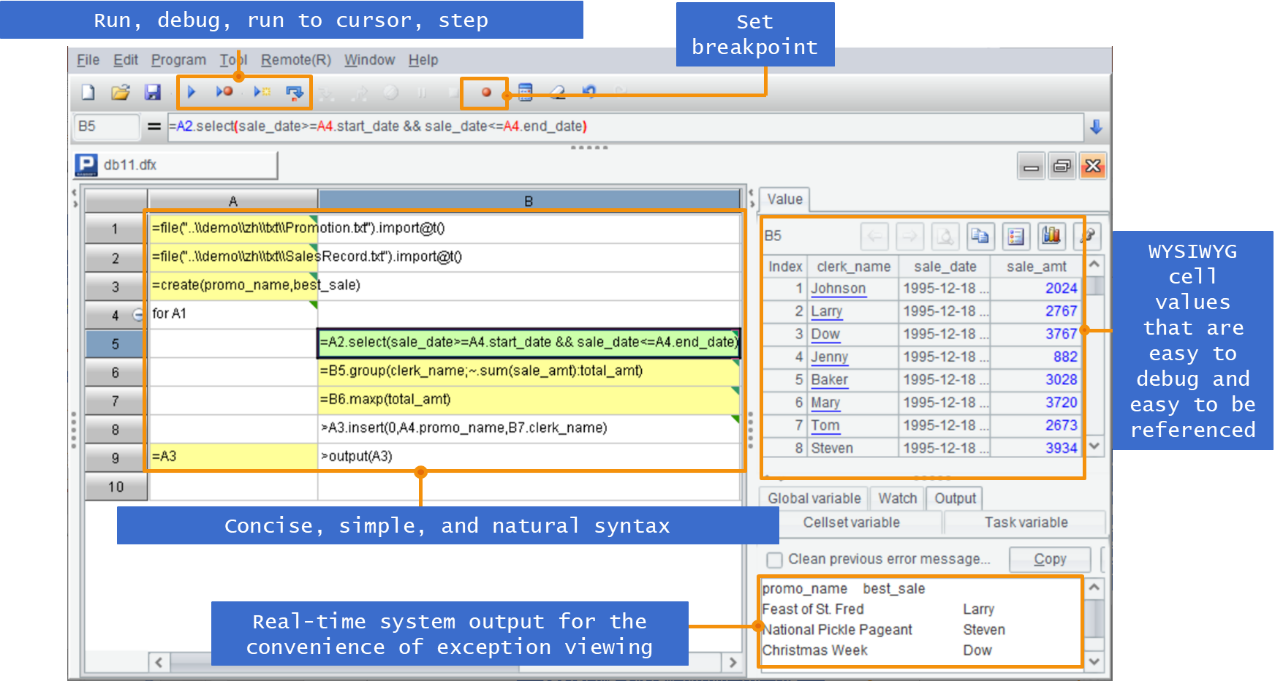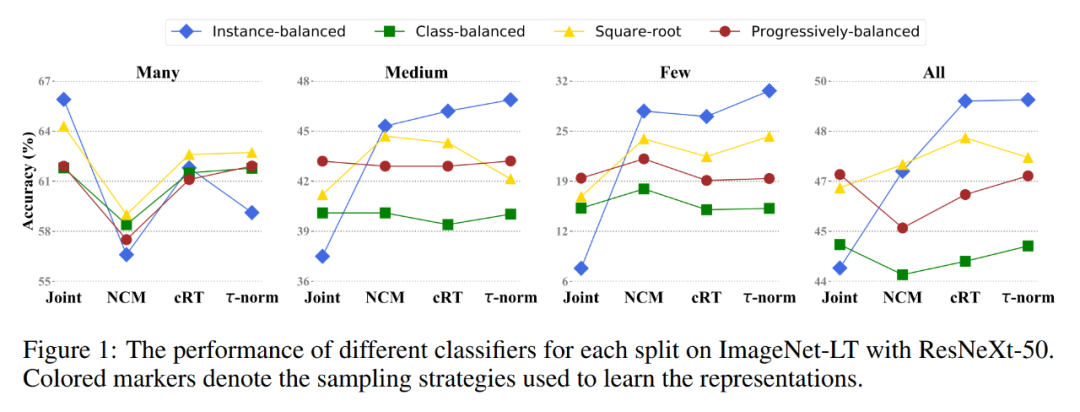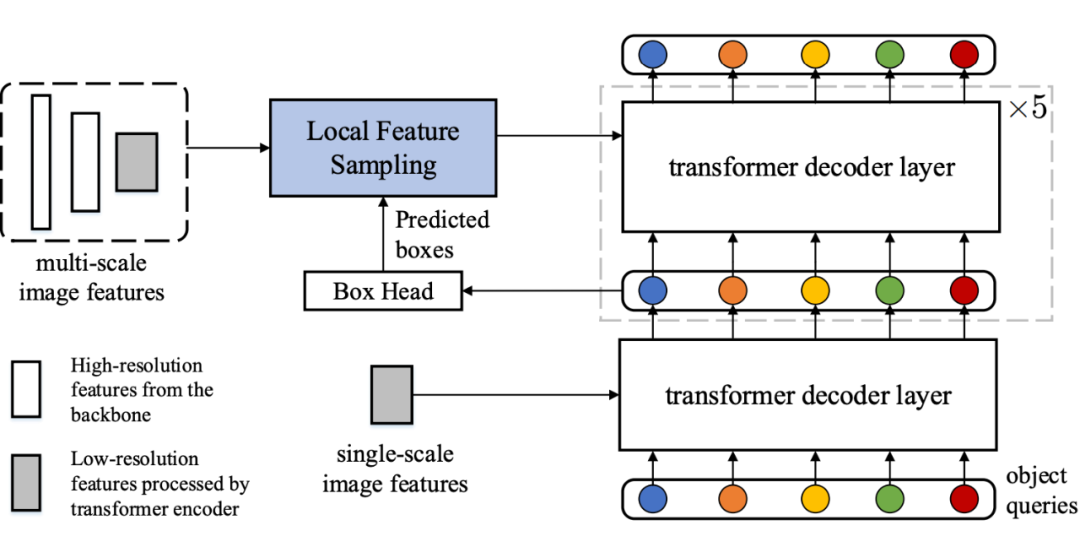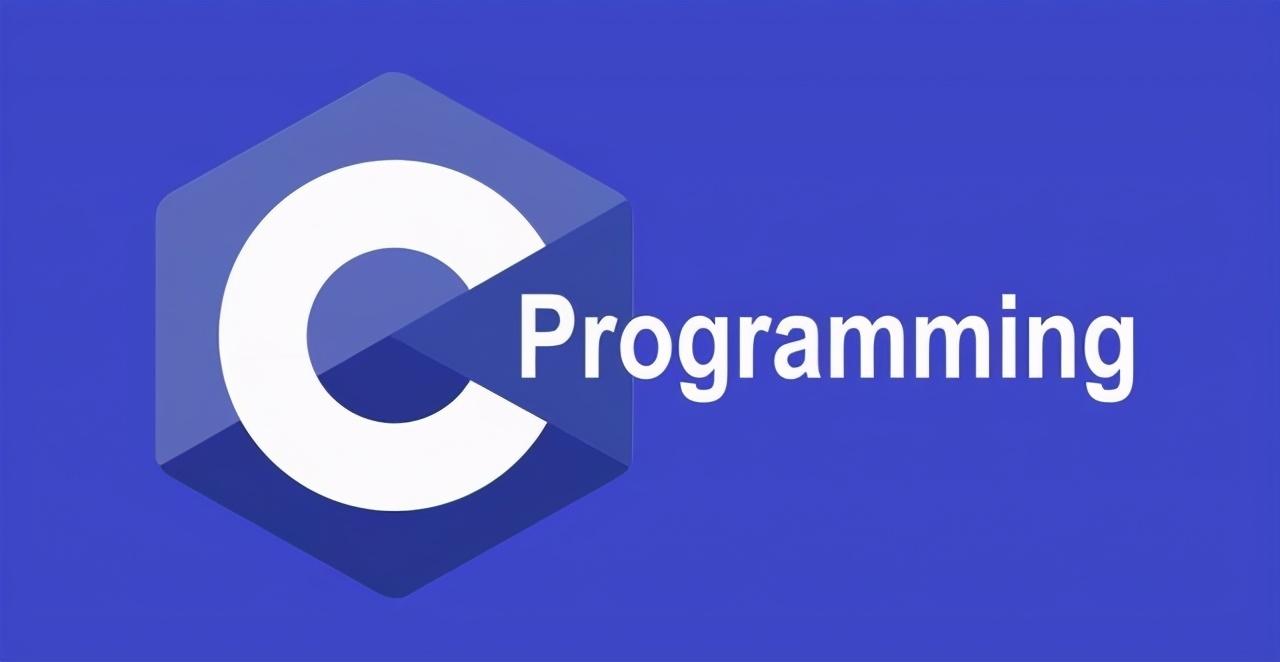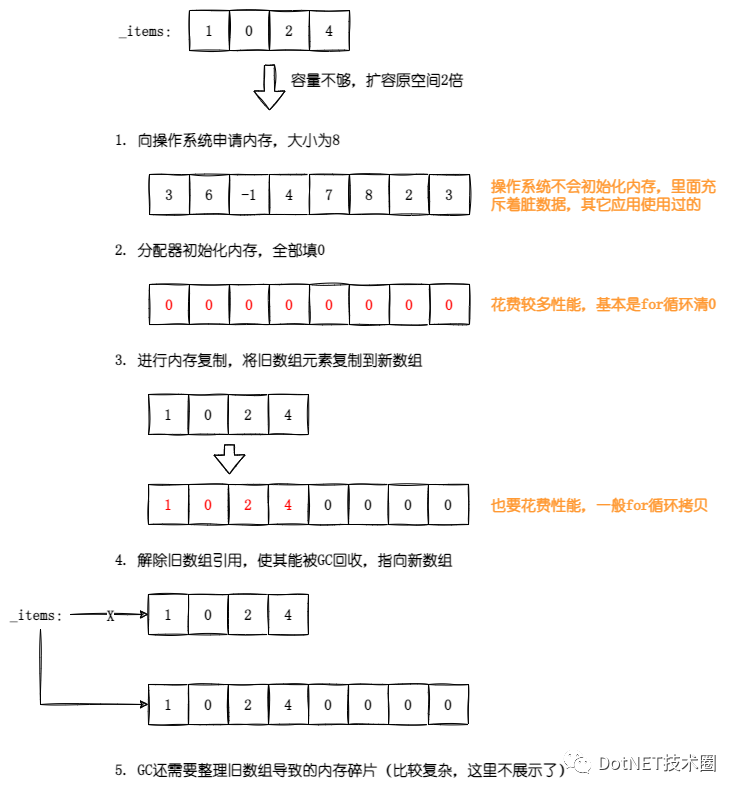当前位置:网站首页>.NET performance optimization - you should set initial size for collection types
.NET performance optimization - you should set initial size for collection types
2022-08-02 23:35:00 【biyusr】
前言
计划开一个新的系列,来讲一讲在工作中经常用到的性能优化手段、思路和如何发现性能瓶颈,后续有时间的话应该会整理一系列的博文出来.
今天要谈的一个性能优化的Tips是一个老生常谈的点,但是也是很多人没有注意的一个点.在使用集合类型是,你应该设置一个预估的初始大小,那么为什么需要这样做?我们一起来从源码的角度说一说.
集合类型
我们先来聊一聊.NET BCL库中提供的集合类型,对于这个大家肯定都不陌生,比如List、HashSet、Dictionary、Queue、Stack等等,这些都是大家每天都用到,非常熟悉的类型了,那么大家在使用的时候有没有注意过它们有一个特殊构造函数呢?像下面代码块中的那样.
public Stack (int capacity)public List (int capacity)public Queue (int capacity)public HashSet (int capacity)public Dictionary (int capacity)
哎?为什么这些构造函数都有一个叫capacity的参数呢?我们来看看这个参数的注释.初始化类的新实例,该实例为空并且具有指定的初始容量或默认初始容量.
这就很奇怪了不是吗?在我们印象里面只有数组之类的才需要指定固定的长度,为什么这些可以无限添加元素的集合类型也要设置初始容量呢?这其实和这些集合类型的实现方式有关,废话不多说,我们直接看源码.
List源码
首先来看比较简单的List的源码(源码地址在文中都做了超链接,可以直接点击过去,在文末也会附上链接地址).下面是List的私有变量.
// 用于存在实际的数据,添加进List的元素都由存储在_items数组中internal T[] _items;// 当前已经存储了多少元素internal int _size;// 当前的版本号,List每发生一次元素的变更,版本号都会+1private int _version;
从上面的源码中,我们可以看到虽然List是动态集合,可以无限的往里面添加元素,但是它底层存储数据的还是使用的数组,那么既然使用的数组那它是怎么实现能无限的往里面添加元素的?我们来看看Add方法.
[MethodImpl(MethodImplOptions.AggressiveInlining)]public void Add(T item){// 版本号+1_version++;T[] array = _items;int size = _size;// 如果当前已经使用的空间 小于数组大小那么直接存储 size+1if ((uint)size < (uint)array.Length){_size = size + 1;array[size] = item;}else{// 注意!!如果已经使用的空间等于数组大小,那么走AddWithResize方法AddWithResize(item);}}
从上面的源码可以看到,如果内部_item数组有足够的空间,那么元素直接往里面加就好了,但是如果内部已存放的元素_size等于_item数组大小时,会调用AddWithResize方法,我们来看看里面做了啥.
// AddWithResize方法[MethodImpl(MethodImplOptions.NoInlining)]private void AddWithResize(T item){Debug.Assert(_size == _items.Length);int size = _size;// 调用Grow方法,并且把size+1,至少需要size+1的空间才能完成Add操作Grow(size + 1);_size = size + 1;_items[size] = item;}// Grow方法private void Grow(int capacity){Debug.Assert(_items.Length < capacity);// 如果内部数组长度等于0,那么赋值为DefaultCapacity(大小为4),否则就赋值两倍当前长度int newcapacity = _items.Length == 0 ? DefaultCapacity : 2 * _items.Length;// 这里做了一个判断,如果newcapacity大于Array.MaxLength(大小是2^31元素)// 也就是说一个List最大能存储2^32元素if ((uint)newcapacity > Array.MaxLength) newcapacity = Array.MaxLength;// 如果newpapacity小于预算需要的容量,也就是说元素数量大于Array.MaxLength// 后面Capacity会抛出异常if (newcapacity < capacity) newcapacity = capacity;// 为Capacity属性设置值Capacity = newcapacity;}// Capacity属性public int Capacity{// 获取容量,直接返回_items的容量get => _items.Length;set{// 如果value值还小于当前元素个数// 直接抛异常if (value < _size){ThrowHelper.ThrowArgumentOutOfRangeException(ExceptionArgument.value, ExceptionResource.ArgumentOutOfRange_SmallCapacity);}// 如果value值和当前数组长度不匹配// 那么走扩容逻辑if (value != _items.Length){// value大于0新建一个新的数组// 将原来的数组元素拷贝过去if (value > 0){T[] newItems = new T[value];if (_size > 0){Array.Copy(_items, newItems, _size);}_items = newItems;}// value小于0 那么直接把_items赋值为空数组// 原本的数组可以被gc回收了else{_items = s_emptyArray;}}}
通过上面的代码我们可以得到两个有意思的结论.
一个List元素最大能存放2^31个元素.
不设置Capacity的话,默认初始大小为4,后面会以2倍的空间扩容.
List底层是通过数组来存放元素的,如果空间不够会按照2倍大小来扩容,但是它并不能无限制的存放数据.
在元素低于4个的情况下,不设置Capacity不会有任何影响;如果大于4个,那么就会走扩容流程,不仅需要申请新的数组,而且还要发生内存复制和需要GC回收原来的数组.
大家必须知道分配内存、内存复制和GC回收内存的代价是巨大的,下面有个示意图,举了一个从4扩容到8的例子.

上面列举了我们从源码中看到的情况,那么不设置初始化的容量,对性能影响到底有多大呢?所以构建了一个Benchmark,来看看在不同量级下的影响,下面的Benchmark主要是探究两个问题.
设置初始值容量和不设置有多大的差别
要多少设置多少比较好,还是可以随意设置一些值
public class ListCapacityBench{// 宇宙的真理 42private static readonly Random OriginRandom = new(42);// 整一个数列模拟常见的集合大小 最大12万private static readonly int[] Arrays ={3, 5, 8, 13, 21, 34, 55, 89, 100, 120, 144, 180, 200, 233,250, 377, 500, 550, 610, 987, 1000, 1500, 1597, 2000, 2584,4181, 5000, 6765, 10946, 17711, 28657, 46368, 75025, 121393};// 生成一些随机数private static readonly int[] OriginArrays = Enumerable.Range(0, Arrays.Max()).Select(c => OriginRandom.Next()).ToArray();// 不设置容量[Benchmark(Baseline = true)]public int WithoutCapacity(){return InnerTest(null);}// 刚好设置需要的容量[Benchmark]public int SetArrayLengthCapacity(){return InnerTest(null, true);}// 设置为8[Benchmark]public int Set8Capacity(){return InnerTest(8);}// 设置为16[Benchmark]public int Set16Capacity(){return InnerTest(16);}// 设置为32[Benchmark]public int Set32Capacity(){return InnerTest(32);}// 设置为64[Benchmark]public int Set64Capacity(){return InnerTest(64);}// 实际的测试方法// 不使用JIT优化,模拟集合的实际使用场景[MethodImpl(MethodImplOptions.NoOptimization)]private static int InnerTest(int? capacity, bool setLength = false){var list = new List<int>();foreach (var length in Arrays){List<int> innerList;if (capacity == null){innerList = setLength ? new List<int>(length) : new List<int>();}else{innerList = new List<int>(capacity.Value);}// 真正的测试方法 简单的填充数据foreach (var item in OriginArrays.AsSpan()[..length]){innerList.Add(item);}list.Add(innerList.Count);}return list.Count;}

从上面的Benchmark结果可以看出来,设置刚好需要的初始容量最快(比不设置快40%)、GC次数最少(50%+)、分配的内存也最少(节约60%),另外不建议不设置初始大小,它是最慢的.
要是实在不能预估大小,那么可以无脑设置一个8表现稍微好一点点.如果能预估大小,因为它是2倍扩容,可以在2的N次方中找一个接近的.
8 16 32 64 128 512 1024 2048 4096 8192 ......
Queue、Stack源码
接下来看看Queue和Stack,看看它的扩容逻辑是怎么样的.
private void Grow(int capacity){Debug.Assert(_array.Length < capacity);const int GrowFactor = 2;const int MinimumGrow = 4;int newcapacity = GrowFactor * _array.Length;if ((uint)newcapacity > Array.MaxLength) newcapacity = Array.MaxLength;newcapacity = Math.Max(newcapacity, _array.Length + MinimumGrow);if (newcapacity < capacity) newcapacity = capacity;SetCapacity(newcapacity);}
基本一样,也是2倍扩容,所以按照我们上面的规则就好了.
HashSet、Dictionary源码
HashSet和Dictionary的逻辑实现类似,只是一个Key就是Value,另外一个是Key对应Value.不过它们的扩容方式有所不同,具体可以看我之前的博客,来看看扩容的源码,这里以HashSet为例.
private void Resize() => Resize(HashHelpers.ExpandPrime(_count), forceNewHashCodes: false);private void Resize(int newSize, bool forceNewHashCodes){// Value types never rehashDebug.Assert(!forceNewHashCodes || !typeof(T).IsValueType);Debug.Assert(_entries != null, "_entries should be non-null");Debug.Assert(newSize >= _entries.Length);var entries = new Entry[newSize];int count = _count;Array.Copy(_entries, entries, count);if (!typeof(T).IsValueType && forceNewHashCodes){Debug.Assert(_comparer is NonRandomizedStringEqualityComparer);_comparer = (IEqualityComparer<T>)((NonRandomizedStringEqualityComparer)_comparer).GetRandomizedEqualityComparer();for (int i = 0; i < count; i++){ref Entry entry = ref entries[i];if (entry.Next >= -1){entry.HashCode = entry.Value != null ? _comparer!.GetHashCode(entry.Value) : 0;}}if (ReferenceEquals(_comparer, EqualityComparer<T>.Default)){_comparer = null;}}// Assign member variables after both arrays allocated to guard against corruption from OOM if second fails_buckets = new int[newSize];#if TARGET_64BIT_fastModMultiplier = HashHelpers.GetFastModMultiplier((uint)newSize);#endiffor (int i = 0; i < count; i++){ref Entry entry = ref entries[i];if (entry.Next >= -1){ref int bucket = ref GetBucketRef(entry.HashCode);entry.Next = bucket - 1; // Value in _buckets is 1-basedbucket = i + 1;}}_entries = entries;}
从上面的源码中可以看到Resize的步骤如下所示.
通过
HashHelpers.ExpandPrime获取新的Size创建新的数组,使用数组拷贝将原数组元素拷贝过去
对所有元素进行重新Hash,重建引用
从这里大家就可以看出来,如果不指定初始大小的话,HashSet和Dictionary这样的数据结构扩容的成本更高,因为还需要ReHash这样的操作.
那么HashHelpers.ExpandPrime是一个什么样的方法呢?究竟每次会扩容多少空间呢?我们来看HashHelpers源码.
public const uint HashCollisionThreshold = 100;// 这是比Array.MaxLength小最大的素数public const int MaxPrimeArrayLength = 0x7FFFFFC3;public const int HashPrime = 101;public static int ExpandPrime(int oldSize){// 新的size等于旧size的两倍int nwSize = 2 * oldSize;// 和List一样,如果大于了指定最大值,那么直接返回最大值if ((uint)newSize > MaxPrimeArrayLength && MaxPrimeArrayLength > oldSize){Debug.Assert(MaxPrimeArrayLength == GetPrime(MaxPrimeArrayLength), "Invalid MaxPrimeArrayLength");return MaxPrimeArrayLength;}// 获取大于newSize的第一素数return GetPrime(newSize);}public static int GetPrime(int min){if (min < 0)throw new ArgumentException(SR.Arg_HTCapacityOverflow);// 获取大于min的第一个素数foreach (int prime in s_primes){if (prime >= min)return prime;}// 如果素数列表里面没有 那么计算for (int i = (min | 1); i < int.MaxValue; i += 2){if (IsPrime(i) && ((i - 1) % HashPrime != 0))return i;}return min;}// 用于扩容的素数列表private static readonly int[] s_primes ={3, 7, 11, 17, 23, 29, 37, 47, 59, 71, 89, 107, 131, 163, 197, 239, 293, 353, 431, 521, 631, 761, 919,1103, 1327, 1597, 1931, 2333, 2801, 3371, 4049, 4861, 5839, 7013, 8419, 10103, 12143, 14591,17519, 21023, 25229, 30293, 36353, 43627, 52361, 62851, 75431, 90523, 108631, 130363, 156437,187751, 225307, 270371, 324449, 389357, 467237, 560689, 672827, 807403, 968897, 1162687, 1395263,1674319, 2009191, 2411033, 2893249, 3471899, 4166287, 4999559, 5999471, 7199369};// 当容量大于7199369时,需要计算素数public static bool IsPrime(int candidate){if ((candidate & 1) != 0){int limit = (int)Math.Sqrt(candidate);for (int divisor = 3; divisor <= limit; divisor += 2){if ((candidate % divisor) == 0)return false;}return true;}return candidate == 2;}
从上面的代码我们就可以得出HashSet和Dictionary每次扩容后的大小就是大于二倍Size的第一个素数,和List直接扩容2倍还是有差别的.
至于为什么要使用素数来作为扩容的大小,简单来说是使用素数能让数据在Hash以后更均匀的分布在各个桶中(素数没有其它约数),这不在本文的讨论范围,具体可以戳链接1、链接2、链接3了解更多.
总结
从性能的角度来说,强烈建议大家在使用集合类型时指定初始容量,总结了下面的几个点.
如果你知道集合将要存放的元素个数,那么就直接设置那个大小,那样性能最高.
比如那种分页接口,页大小只可能是50、100
或者做Map操作,前后的元素数量是一致的,那就可以直接设置
如果你不知道,那么可以预估一下个数,在2的次方中找一个合适的就可以了.
可以尽量的预估多一点点,能避免Resize操作就避免
附录
List源码:
https://github.com/dotnet/runtime/blob/main/src/libraries/System.Private.CoreLib/src/System/Collections/Generic/List.cs
Stack源码:
https://github.com/dotnet/runtime/blob/main/src/libraries/System.Collections/src/System/Collections/Generic/Stack.cs
Queue源码:
https://github.com/dotnet/runtime/blob/main/src/libraries/System.Private.CoreLib/src/System/Collections/Generic/Queue.cs
HashSet源码:
https://github.com/dotnet/runtime/blob/main/src/libraries/System.Private.CoreLib/src/System/Collections/Generic/HashSet.cs
Dictionary源码:
https://github.com/dotnet/runtime/blob/main/src/libraries/System.Private.CoreLib/src/System/Collections/Generic/Dictionary.cs
浅析 C# Dictionary:
https://www.cnblogs.com/InCerry/p/10325290.html
作者:InCerry
出处:https://www.cnblogs.com/InCerry/p/Dotnet-Opt-Perf-You-Should-Set-Capacity-For-Collection.html
版权:本作品采用「署名-非商业性使用-相同方式共享 4.0 国际」许可协议进行许可.
声明:本博客版权归「InCerry」所有.
边栏推荐
- Digital twins help visualize the construction of smart cities
- postgresql autovaccum自动清理
- php 单引号 双引号 -> => return echo
- V - memo new instructions
- golang源码分析之geoip2-golang
- Thread线程类基本使用(下)
- 力扣每日一题-第46天-344. 反转字符串
- LeetCode 622 设计循环队列[数组 队列] HERODING的LeetCode之路
- C# Barrier class
- In action: 10 ways to implement delayed tasks, with code!
猜你喜欢
随机推荐
太魔人招新啦|快来加入我们吧!
EasyExcel dynamic parsing and save table columns
【SLAM】DM-VIO(ros版)安装和论文解读
APP自动化uiautomator2获取toast
信息学奥赛一本通(1259:【例9.3】求最长不下降序列)
MSTP与STP
Linphone 被叫方如何解析来电SIP消息中的自定义头消息
OP-5,输入/输出信号范围-一信号处理能力
Solve the docker mysql can't write Chinese
golang source code analysis: uber-go/ratelimit
Electron User Guide Beginning Experience
Day35 LeetCode
EasyExcel实现动态列解析和存表
C# Barrier class
【手撕AHB-APB Bridge】~ AMBA总线 之 APB
Common tools and test methods for interface testing (Introduction)
第一次进入前20名
OpenCV开发中的内存管理问题
php 单引号 双引号 -> => return echo
信息学奥赛一本通(1257:Knight Moves)
